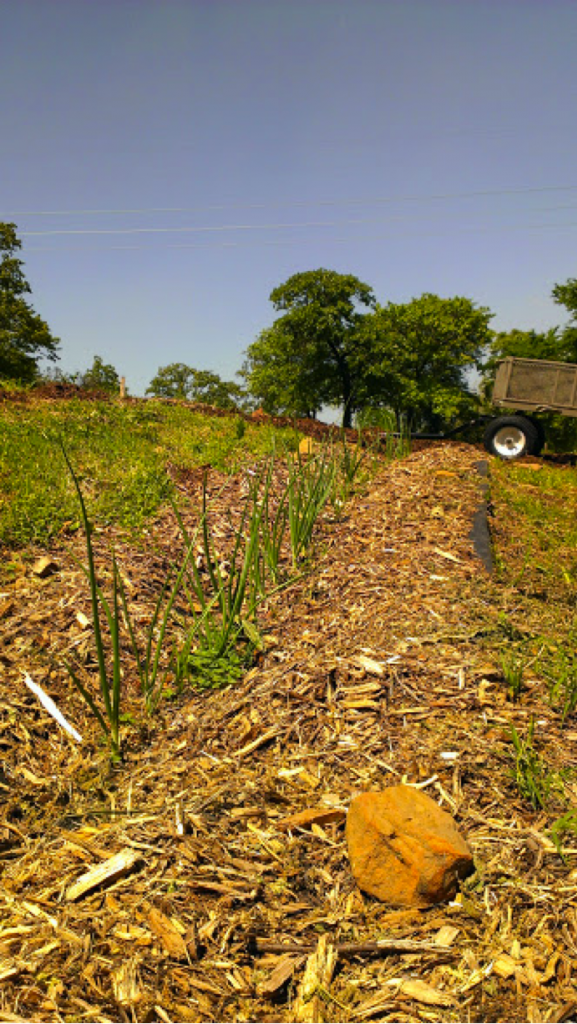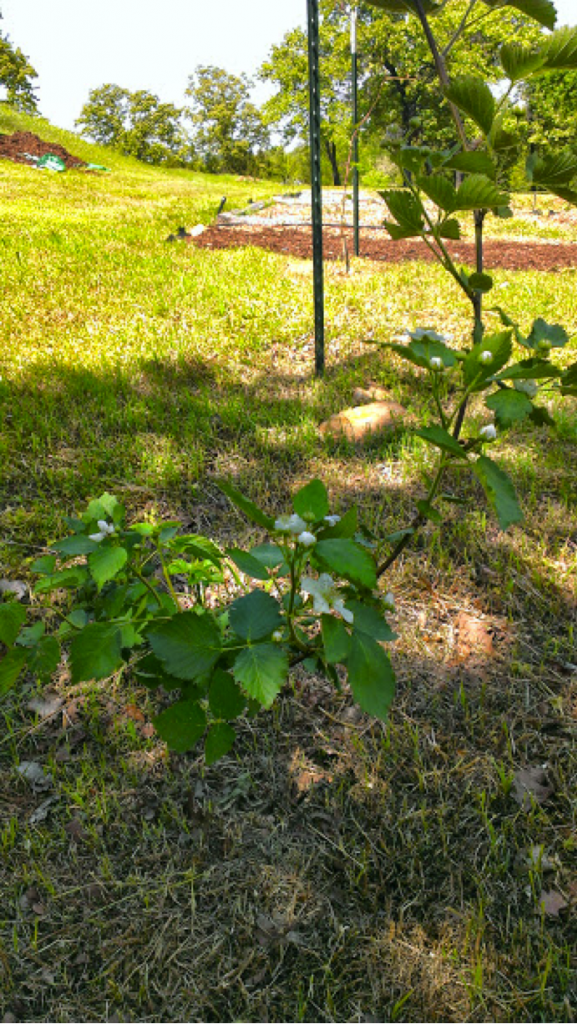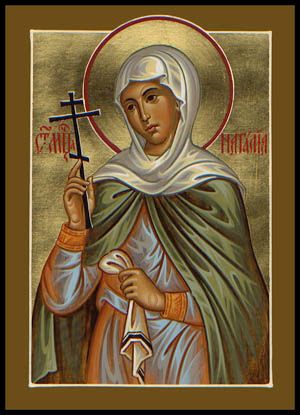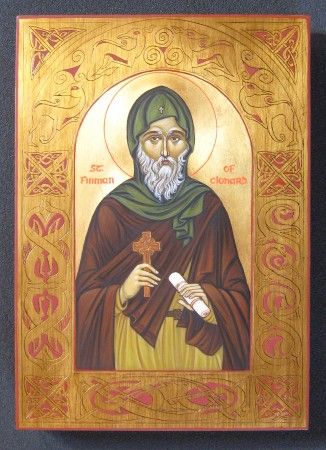Writing about the garden requires more experience than I have... so my darling husband has agreed to give you an introductory tour. We are fairly new at this gardening thing, so any suggestions or feedback is always appreciated! Enjoy!
Contrary to my wife's better judgment, she has graciously agreed to let me guest blog on her site. Today, I'd like to share a little about our garden, what we are attempting to achieve, and how we are going about doing it.
First of all here are some of the things we have planted so
far this year:
Long Term (perennial) plantings:
Peach Trees
(planted last year, replaced one this year)
Asparagus
(planted crowns last year, they are producing now)
Strawberries
(planted this year)
Short Term (annual) plantings:
Sweet Peas
Onions
Potatoes
Leeks
Unfortunately, I did not have a chance to plant my leafy
greens and brassicas this year in spring: lettuce, spinach, kale, broccoli,
etc. If only that pesky thing called a job wouldn't get in the way! However, we
are exploring the idea of planting some lettuce & spinach inside during the
heat of summer.
It's now time to get my summer crops in the ground. We are
planning on planting:
Tomatoes
Yellow
Summer squash
Zucchini
Sweet
potatoes
Cucumbers
Cantaloupe
 One of my problems is that when I do something, I like to do
it all the way! Go big, or go home! It gets me into trouble frequently...
Anyway, the first year, we were able to successfully grow most everything we
wanted to. We had some trees die (plums and a couple of peach) as well as
blueberries. However, everything else that we planted in the garden grew
miraculously well! In retrospect, I should have listened to the advice of my
priest. Novel idea, right? His suggestion was to choose the areas I wanted to
plant, and cover it with plastic to kill off the weeds underneath. This would
have saved us some labor, but we also wouldn't have had all that wonderful
produce!
One of my problems is that when I do something, I like to do
it all the way! Go big, or go home! It gets me into trouble frequently...
Anyway, the first year, we were able to successfully grow most everything we
wanted to. We had some trees die (plums and a couple of peach) as well as
blueberries. However, everything else that we planted in the garden grew
miraculously well! In retrospect, I should have listened to the advice of my
priest. Novel idea, right? His suggestion was to choose the areas I wanted to
plant, and cover it with plastic to kill off the weeds underneath. This would
have saved us some labor, but we also wouldn't have had all that wonderful
produce!
This is our second year in our little house on the hill, and
we have loved the fact that we own a little over an acre of land. We have a
beautiful view from our house, and while the hill provides a beautiful view, it
also provides a challenging topography for farming and gardening! One of the
challenges we have here is the soil. Our soil is quite sandy and rocky. Where
it isn't sandy/rocky, it has veins of clay. Much of the land has sandstone
bluffs, and we are fortunate to have a beautiful example on the backside of our
house. In addition to the sandy/rocky and clay-filled soil, the native weeds
and grasses are a bear to deal with! So.... what to do?
We initially began to amend the soil with more organic
matter--manure, compost, and mulch. The sandy soil is quick draining, so it is
important to add more vegetable matter in the soil to help retain moisture and
provide nutrients. The clay, on the other hand, is so dense that it does not
allow air for the roots to grow. The good thing about this, though, is that
with yearly additions of mulch and compost, we can fairly easily improve the
soil. However, the quantity of mulch that we need has proven to be HUGE!
 The overall size of the garden at this point is probably
about 1/4 of an acre., and much of that has to be mulched.
The overall size of the garden at this point is probably
about 1/4 of an acre., and much of that has to be mulched.
We have made two big changes to the garden this year, both
of which are an attempt to reduce mowing/weeding. The first thing we have done
has been to widen the layout of the garden to facilitate easier access. By
making every other row about 5' wide, I can now drive my mower towing the
garden trailer behind between the rows. This allows me to mulch easily.
Secondly, we are putting down weed cloth between the rows and mulching over
them. This already has helped tremendously in keeping down the grasses and
weeds. Hopefully, by the time we are finished with laying down the weed cloth,
we will have reduced our labors. We shall see!
Cheers!
Gideon






